Regulatory Compliance and Standards
Regulatory frameworks and standards play a crucial role in shaping the Air Handling Units Market. Governments worldwide are implementing stringent regulations aimed at improving energy efficiency and reducing emissions. Compliance with these regulations often necessitates the adoption of advanced air handling technologies. For instance, the implementation of standards such as ASHRAE 90.1 has prompted manufacturers to innovate and enhance their product offerings. This regulatory push is likely to drive market growth as companies invest in compliant air handling units that meet or exceed these standards, thereby ensuring their competitiveness in the market.
Increased Focus on Indoor Air Quality
The growing awareness of indoor air quality (IAQ) is significantly influencing the Air Handling Units Market. As health concerns related to air quality gain prominence, there is a rising demand for air handling units that can effectively filter and purify indoor air. This trend is particularly evident in commercial buildings, schools, and healthcare facilities, where maintaining high IAQ standards is essential. The market for air handling units equipped with advanced filtration systems is projected to expand, as these units can remove pollutants and allergens, thereby enhancing occupant health and comfort. This focus on IAQ is likely to drive innovation and investment in the Air Handling Units Market.
Technological Advancements in HVAC Systems
Technological advancements are reshaping the Air Handling Units Market, with innovations such as IoT integration and smart controls becoming increasingly prevalent. These technologies enable real-time monitoring and optimization of air handling systems, leading to improved efficiency and performance. The integration of smart technologies allows for predictive maintenance, reducing downtime and operational costs. As a result, manufacturers are investing in research and development to create more sophisticated air handling units that leverage these advancements. This trend is expected to enhance the overall functionality and appeal of air handling units, driving growth in the market.
Rising Demand for Energy-Efficient Solutions
The Air Handling Units Market is experiencing a notable shift towards energy-efficient solutions. As energy costs continue to rise, consumers and businesses are increasingly seeking systems that minimize energy consumption while maintaining optimal performance. This trend is reflected in the growing adoption of variable air volume systems and advanced control technologies. According to recent data, energy-efficient air handling units can reduce energy consumption by up to 30% compared to traditional models. This demand for efficiency not only lowers operational costs but also aligns with global sustainability goals, driving innovation within the Air Handling Units Market.
Expansion of Construction and Renovation Activities
The expansion of construction and renovation activities is a key driver for the Air Handling Units Market. As urbanization continues to accelerate, there is a growing need for efficient HVAC systems in new buildings and retrofitting existing structures. The construction sector is increasingly recognizing the importance of incorporating advanced air handling units to meet energy efficiency and IAQ standards. Market data indicates that the construction industry is projected to grow at a steady rate, which will likely boost demand for air handling units. This trend underscores the critical role of air handling units in modern building design and renovation, further propelling the market forward.
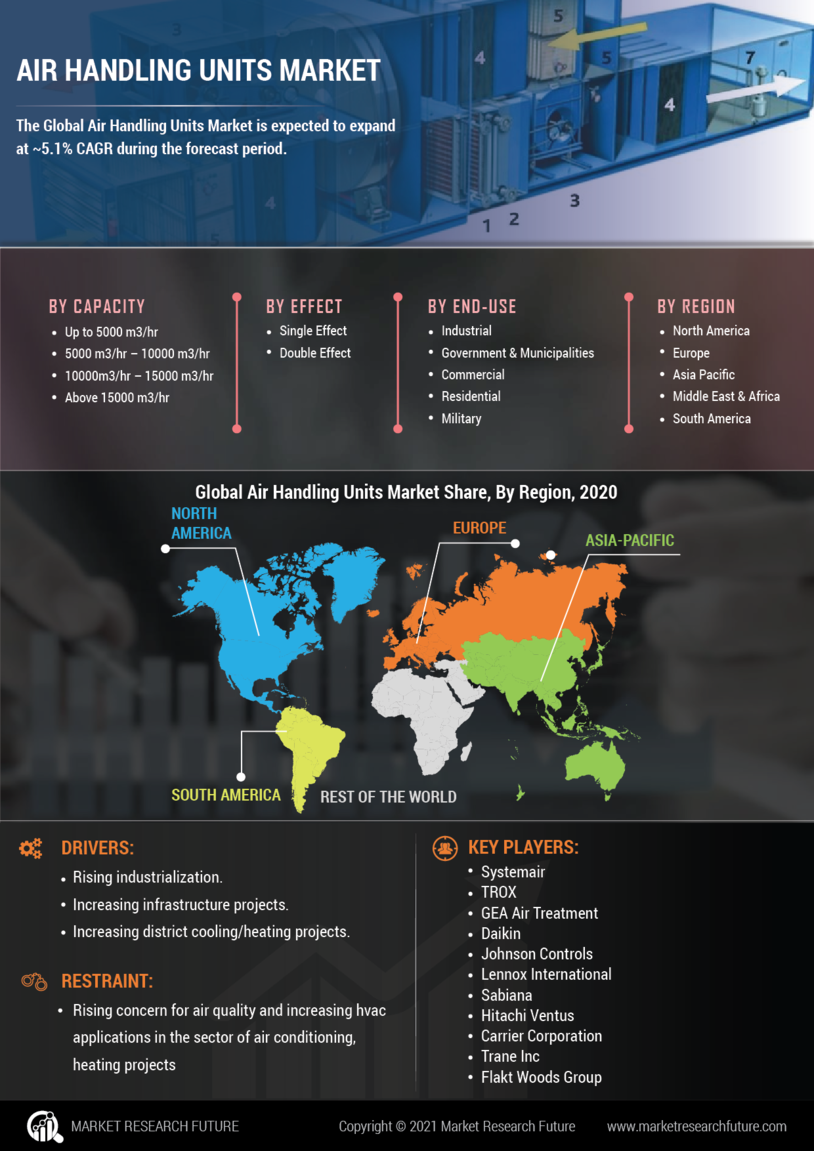

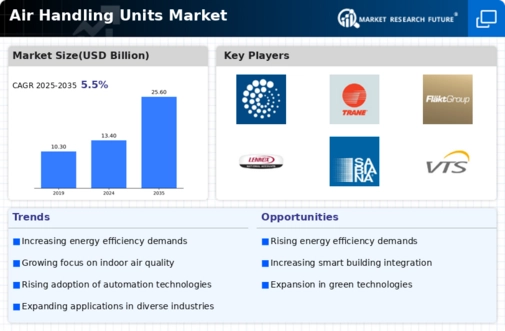
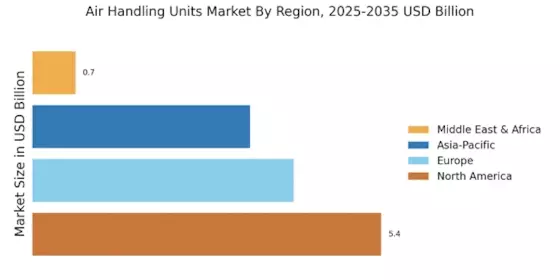
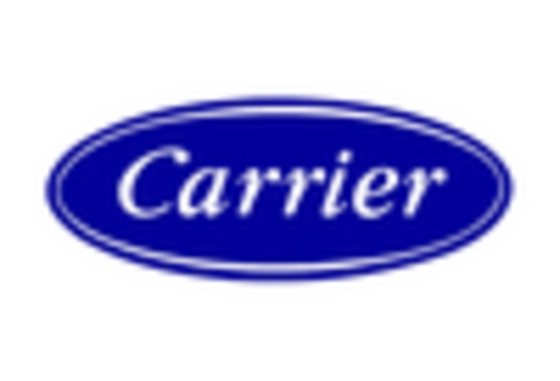
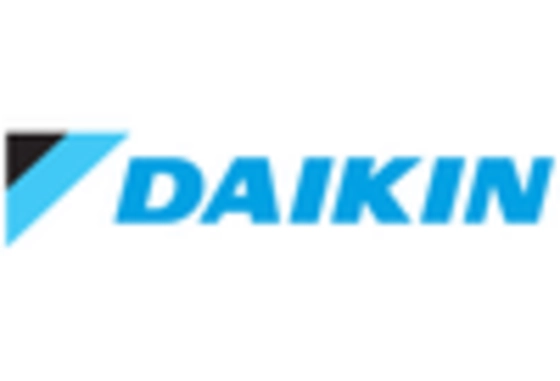

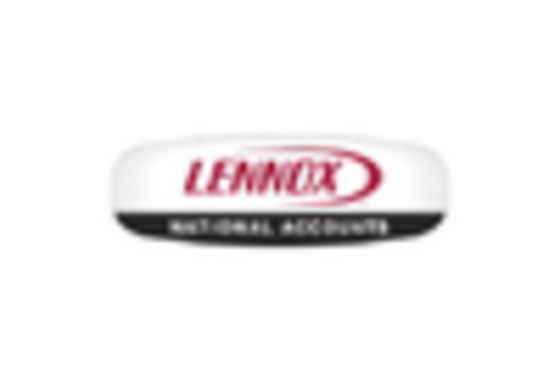










Leave a Comment